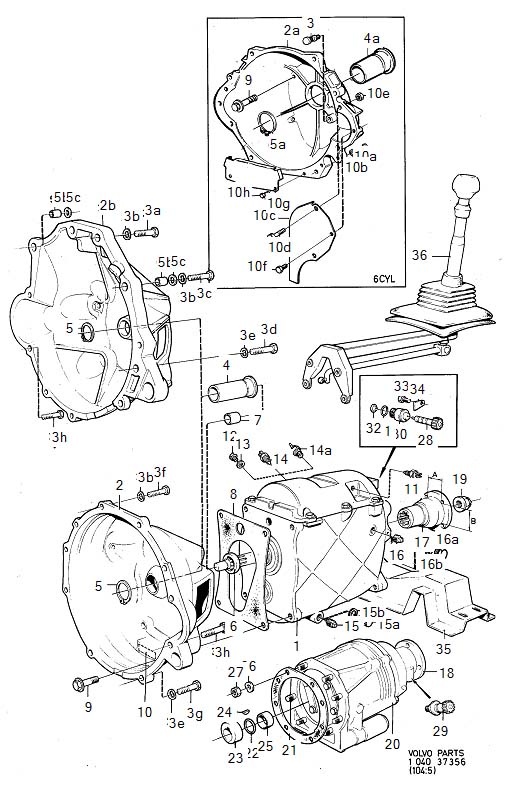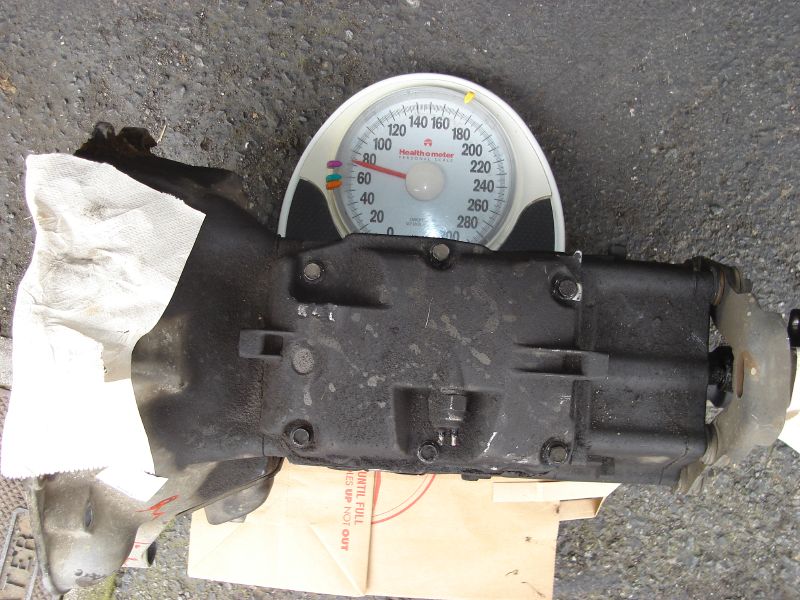Ahtum
New member
- Joined
- Jun 23, 2015
- Location
- Greater Boston
Hi! I just bought my first car and of course it's a beautiful blue 5 speed '90 240 (245), so I figured I'd finally join this forum.
There's a few problems though and I thought who better to ask than you guys? Well first the reverse lights don't work. I took apart the taillights to poke around and I'm really not sure what to look for. The bulbs are fine though, so I'd have to guess that it's a problem in the harness somewhere but I'm really not sure what to look for. I bought a multimeter to look for where the problem might be exactly but I was hoping for some tips on how to use that, too, in this sense. Like should I have the car on in reverse? But then someone would have to step on the clutch the whole time.
The only other urgent seeming problem is the rust in the spare wheel well. It actually goes through to the ground, and I didn't notice before I bought it. I saw this guide while looking for a way to fix it and I was wondering if there was anything wrong with the technique used.
All in all though, I love it so much. It's been such a blast to drive and learn manual and it's been the best time to drive. It's got no radio, so for now I get to listen to the lovely engine while I drive. I don't regret it for a second!
I'll have a picture of the spare well rust hopefully by tomorrow, but here's a picture of the ride itself.

Rust:

There's a few problems though and I thought who better to ask than you guys? Well first the reverse lights don't work. I took apart the taillights to poke around and I'm really not sure what to look for. The bulbs are fine though, so I'd have to guess that it's a problem in the harness somewhere but I'm really not sure what to look for. I bought a multimeter to look for where the problem might be exactly but I was hoping for some tips on how to use that, too, in this sense. Like should I have the car on in reverse? But then someone would have to step on the clutch the whole time.
The only other urgent seeming problem is the rust in the spare wheel well. It actually goes through to the ground, and I didn't notice before I bought it. I saw this guide while looking for a way to fix it and I was wondering if there was anything wrong with the technique used.
All in all though, I love it so much. It's been such a blast to drive and learn manual and it's been the best time to drive. It's got no radio, so for now I get to listen to the lovely engine while I drive. I don't regret it for a second!
I'll have a picture of the spare well rust hopefully by tomorrow, but here's a picture of the ride itself.

Rust:

Last edited:


